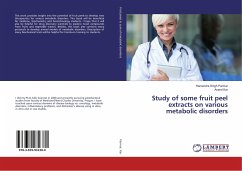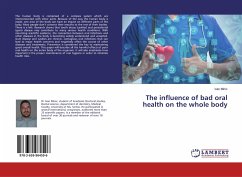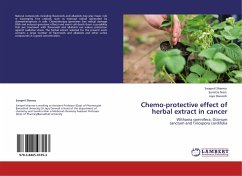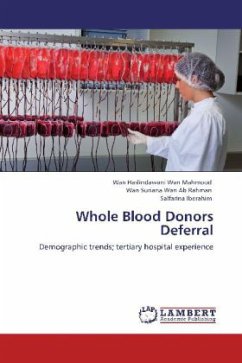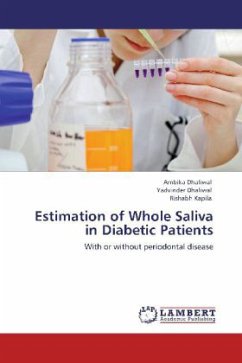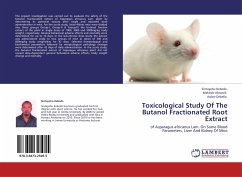The effects of Momordica charantia (MC) whole fruit aqueous extract are evaluated on pancreas, liver and renal histopathological changes in diabetic rats, a model of non-insulin dependent diabetes mellitus (NIDDM). Diabetes mellitus was induced in day-old Sprague-Dawley neonatal rats using a single intrapretoneal injection of STZ (85 mg/kg body weight) freshly dissolved in 0.9% saline solution. The MC fruit aqueous extract significantly decreased blood glucose and increased insulin levels, improved glucose tolerance and increased insulin sensitivity, decreased serum ALT and AST levels, improved GFR, urine total protein, serum creatinine and urea in diabetic rats. While the MDA levels in pancreas, liver, renal tissues and plasma were markedly low in the MC treated diabetic rats. Histopathological examination showed that MC significantly alleviated damage induced by diabetes in the pancreas, liver and kidney, and increased number of insulin positive -cells in pancreas. In conclusion, the MC fruit aqueous extract is effective to improve the pancreas, liver and renal function as well as alleviates damage induced by diabetes in the pancreas, liver and kidney of diabetic rats.
Bitte wählen Sie Ihr Anliegen aus.
Rechnungen
Retourenschein anfordern
Bestellstatus
Storno



